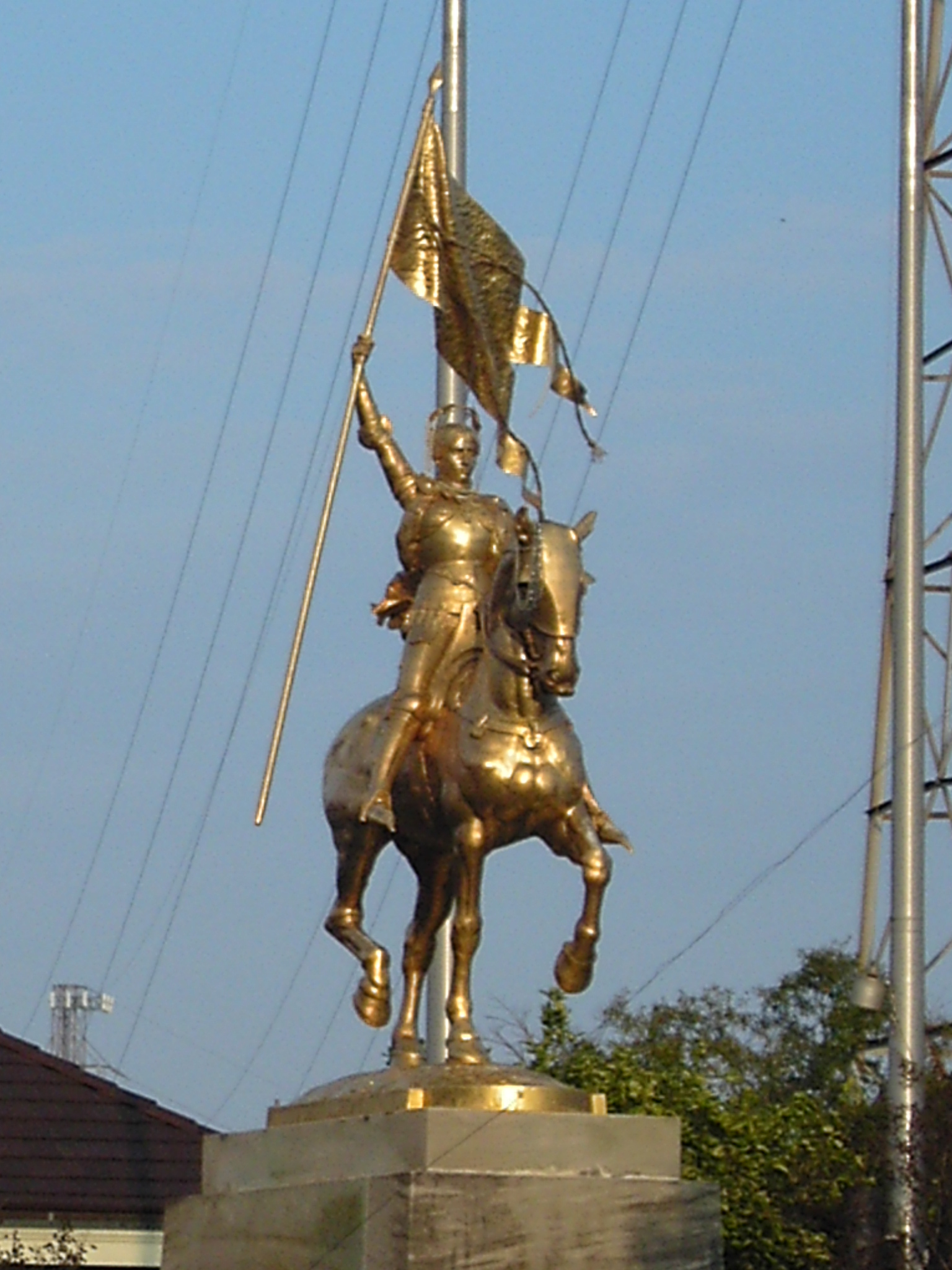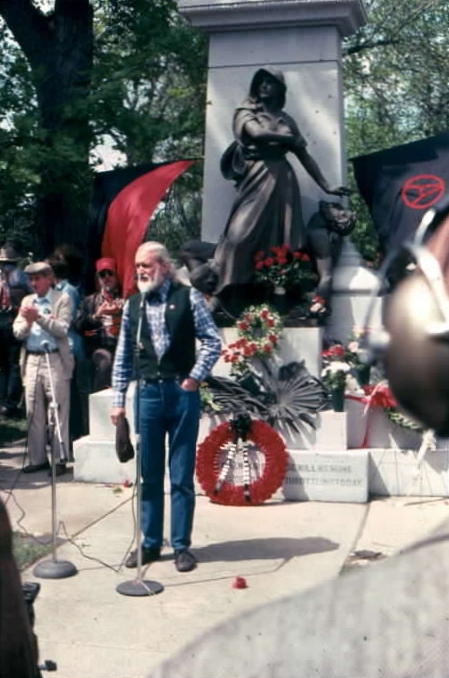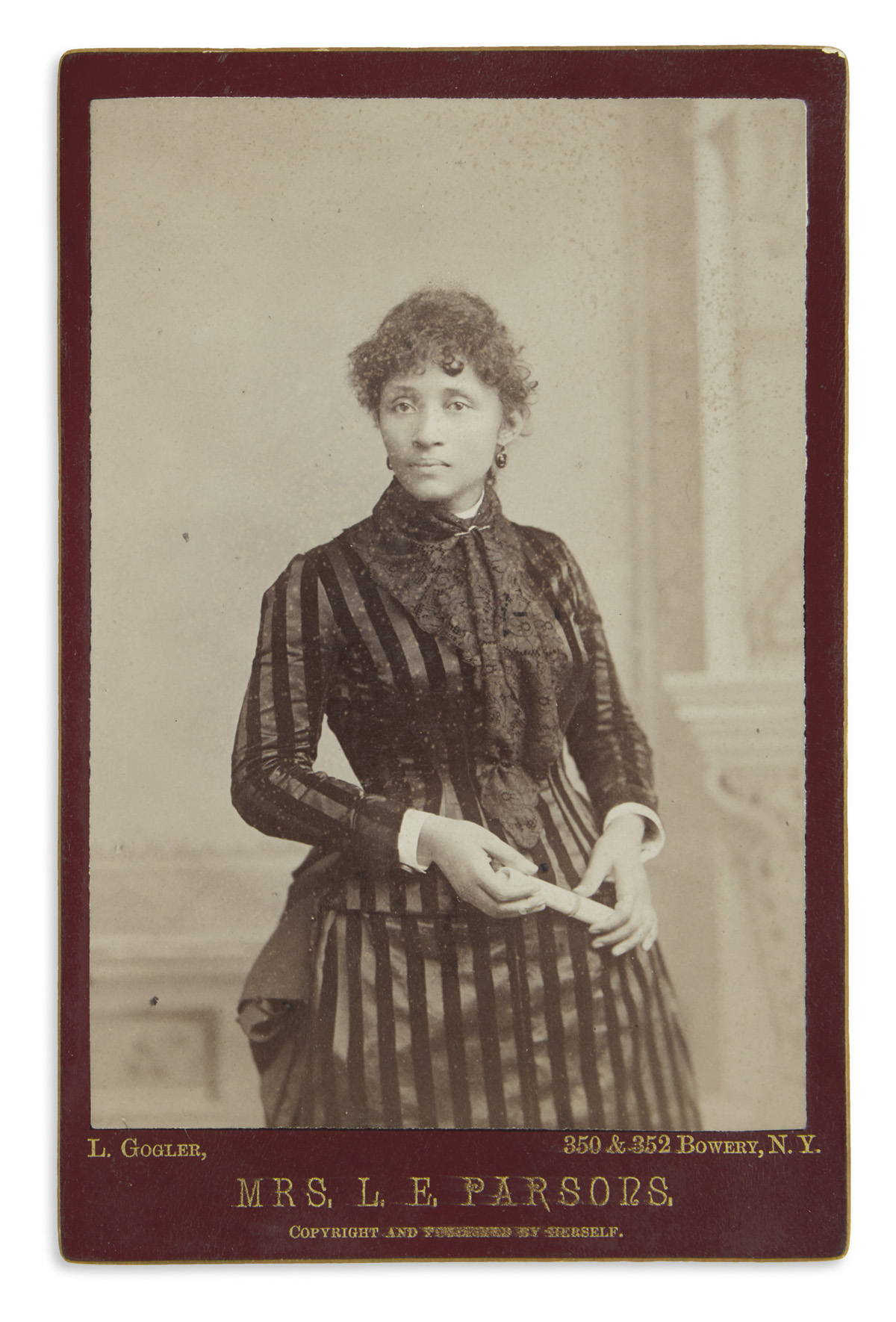|
Monument And Memorial Controversies In The United States
The following is a list of monument and memorial controversies in the United States excluding those dealing with the Confederate States of America. The first section is a chronological arrangement of monuments and memorials on which some action has already taken place, such as removal, defacement, and destruction. The final section is arranged alphabetically by state, and includes proposals bearing no action, authorized or not. Action taken Statue of William Pitt (1770) The first monumental statue in what was to become the United States of America was a sculpture of William Pitt erected at the corner of Meeting and Broad streets in Civic Square in Charleston, SC on July 5, 1770. The South Carolina Assembly had voted to erect the statue after Pitt's role in repealing the stamp act. The standing statue was carved in London by Jooseph Wilton and depicts Pitt in a Classical oratory pose holding the Magna Carta. Statue of King George III (1776) One month later, an equestrian statue ... [...More Info...] [...Related Items...] OR: [Wikipedia] [Google] [Baidu] |
Confederate States Of America
The Confederate States of America (CSA), commonly referred to as the Confederate States or the Confederacy was an unrecognized breakaway republic in the Southern United States that existed from February 8, 1861, to May 9, 1865. The Confederacy comprised U.S. states that declared secession and warred against the United States during the American Civil War: South Carolina, Mississippi, Florida, Alabama, Georgia, Louisiana, Texas, Virginia, Arkansas, Tennessee, and North Carolina. Kentucky and Missouri also declared secession and had full representation in the Confederate Congress, though their territory was largely controlled by Union forces. The Confederacy was formed on February 8, 1861, by seven slave states: South Carolina, Mississippi, Florida, Alabama, Georgia, Louisiana, and Texas. All seven were in the Deep South region of the United States, whose economy was heavily dependent upon agriculture—particularly cotton—and a plantation system that relied upon enslaved ... [...More Info...] [...Related Items...] OR: [Wikipedia] [Google] [Baidu] |
Johannes Gelert
Johannes Sophus Gelert (1852-1923) was a Danes, Danish-born sculptor, who came to the United States in 1887 and during a span of more than thirty years produced numerous works of civic art in the Midwestern United States, Midwest and on the East Coast of the United States, East Coast.''New Jersey's First Citizens'' (Paterson, NJ: J. J. Scannell, 1917) pp. 206-207. Biography Johannes Gelert was born December 10, 1852 in the town of Nybøl in southern Denmark. He demonstrated an early talent for art and after moving with his family to Copenhagen in 1866 was apprenticed to a woodcarver. In 1870 he enrolled in the Royal Danish Academy of Fine Arts, where he graduated with honors in 1875. For the next ten years he worked and studied in Denmark, Sweden, Germany, France and Italy, becoming a protégé of some of Europe, Europe's leading sculptors.''National Cyclopaedia of American Biography'' (New York: James T. White & Co., 1899.) pp. 58-59. Immigrating to United States, America in ... [...More Info...] [...Related Items...] OR: [Wikipedia] [Google] [Baidu] |
Anarchist
Anarchism is a political philosophy and movement that is skeptical of all justifications for authority and seeks to abolish the institutions it claims maintain unnecessary coercion and hierarchy, typically including, though not necessarily limited to, governments, nation states, and capitalism. Anarchism advocates for the replacement of the state with stateless societies or other forms of free associations. As a historically left-wing movement, usually placed on the farthest left of the political spectrum, it is usually described alongside communalism and libertarian Marxism as the libertarian wing (libertarian socialism) of the socialist movement. Humans lived in societies without formal hierarchies long before the establishment of formal states, realms, or empires. With the rise of organised hierarchical bodies, scepticism toward authority also rose. Although traces of anarchist thought are found throughout history, modern anarchism emerged from the Enlightenm ... [...More Info...] [...Related Items...] OR: [Wikipedia] [Google] [Baidu] |
Utah Philips
Bruce Duncan "Utah" Phillips (May 15, 1935 – May 23, 2008) , KVMR, Nevada City, California, May 24, 2008. Retrieved 24 May 2008. was an American labor organizer, , storyteller and poet. He described the struggles of labor unions and the power of , self-identifying as an . He often promoted the |
Mary Brogger
Mary may refer to: People * Mary (name), a feminine given name (includes a list of people with the name) Religious contexts * New Testament people named Mary, overview article linking to many of those below * Mary, mother of Jesus, also called the Blessed Virgin Mary * Mary Magdalene, devoted follower of Jesus * Mary of Bethany, follower of Jesus, considered by Western medieval tradition to be the same person as Mary Magdalene * Mary, mother of James * Mary of Clopas, follower of Jesus * Mary, mother of John Mark * Mary of Egypt, patron saint of penitents * Mary of Rome, a New Testament woman * Mary, mother of Zechariah and sister of Moses and Aaron; mostly known by the Hebrew name: Miriam * Mary the Jewess one of the reputed founders of alchemy, referred to by Zosimus. * Mary 2.0, Roman Catholic women's movement * Maryam (surah) "Mary", 19th surah (chapter) of the Qur'an Royalty * Mary, Countess of Blois (1200–1241), daughter of Walter of Avesnes and Margaret of Blois ... [...More Info...] [...Related Items...] OR: [Wikipedia] [Google] [Baidu] |
Louis Lingg
Louis may refer to: * Louis (coin) * Louis (given name), origin and several individuals with this name * Louis (surname) * Louis (singer), Serbian singer * HMS ''Louis'', two ships of the Royal Navy See also Derived or associated terms * Lewis (other) * Louie (other) * Luis (other) * Louise (other) * Louisville (other) * Louis Cruise Lines * Louis dressing, for salad * Louis Quinze, design style Associated names * * Chlodwig, the origin of the name Ludwig, which is translated to English as "Louis" * Ladislav and László - names sometimes erroneously associated with "Louis" * Ludovic, Ludwig, Ludwick Ludwick is a surname of German origin, and may refer to: * Andrew K. Ludwick (born 1946), American businessman *Christopher Ludwick (1720–1801), American baker * Eric Ludwick (born 1971), American baseball player * Robert Ludwick-Forster (born 19 ..., Ludwik, names sometimes translated to English as "Louis" {{disambiguation ... [...More Info...] [...Related Items...] OR: [Wikipedia] [Google] [Baidu] |
George Engel
George Engel (April 15, 1836November 11, 1887) was a labor union activist executed after the Haymarket riot, along with Albert Parsons, August Spies, and Adolph Fischer. Early life George Engel was born to an impoverished family with three other children. His father, Konrad, a mason and bricklayer, died when he was one year old. His mother died when he was 12, leaving him an orphan. He lived for a short time with a foster family, but at the age of 14 was forced to look for work. He was apprenticed to a shoemaker, but was unable to afford the dues. He travelled to Frankfurt and finally found work as a painter's apprentice. He travelled around Germany working, and in 1868 opened a business of his own. He married the same year, but found that the economic conditions in Germany made survival difficult, and so decided to follow his boyhood dream of emigrating to the United States. He left Germany in 1872, arriving first in Philadelphia, Pennsylvania in January 1873, where he wo ... [...More Info...] [...Related Items...] OR: [Wikipedia] [Google] [Baidu] |
Albert Parsons
Albert Richard Parsons (June 20, 1848 – November 11, 1887) was a pioneering American socialist and later anarchist newspaper editor, orator, and labor activist. As a teenager, he served in the military force of the Confederate States of America in Texas, during the American Civil War. After the war, he settled in Texas, and became an activist for the rights of former slaves, and later a Republican party (United States), Republican official during Reconstruction era, Reconstruction. With his wife Lucy Parsons, he then moved to Chicago in 1873 and worked in newspapers. There he became interested in the rights of workers. In 1884, he began editing ''The Alarm (newspaper), The Alarm'' newspaper. Parsons was one of four Chicago radical leaders controversially convicted of conspiracy and hanged following a bomb attack on police remembered as the Haymarket affair. Early years Albert Parsons was born June 20, 1848, in Montgomery, Alabama, one of the ten children of the proprietor of a ... [...More Info...] [...Related Items...] OR: [Wikipedia] [Google] [Baidu] |
Adolph Fischer
Adolph Fischer (1858 – November 11, 1887) was an anarchist and labor union activist tried and executed after the Haymarket Riot. Early life Adolph Fischer immigrated to the United States in 1873 at the age of 15. He became an apprentice compositor in a printing shop in Little Rock, Arkansas. Later, in 1879, he moved to St. Louis, Missouri, where he joined the German Typographical Union and in 1881, married Johanna Pfauntz (they had three children – one daughter and two sons). Adolph and his wife moved in 1881 to Nashville, Tennessee, where he worked for his brother as a compositor for ''Anzeiger des Südens'', a journal for German immigrants. In 1883, he moved his family to Chicago, where he became a compositor at the '' Arbeiter-Zeitung'', a pro-labor newspaper run by August Spies and Michael Schwab. It was around then that he also joined the International Working Person's Association and the Lehr-und-Wehr Verein, a radical offshoot which was formed to teach wo ... [...More Info...] [...Related Items...] OR: [Wikipedia] [Google] [Baidu] |
August Spies
August Vincent Theodore Spies (, ; December 10, 1855November 11, 1887) was an American upholsterer, radical labor activist, and newspaper editor. Spies is remembered as one of the anarchists in Chicago who were found guilty of conspiracy to commit murder following a bomb attack on police in an event remembered as the Haymarket affair. Spies was one of four who were executed in the aftermath of this event. Background Spies was born on December 10, 1855, in a ruined castle converted into a government building on the mountain Landeckerberg in the Electorate of Hesse, Germany.August Spies,''August Spies' Auto-Biography; His Speech in Court and General Notes.''Chicago: Niña van Zandt, 1887; pg. 1. His father was a government forestry official. Spies later recalled that he had a pleasant and privileged childhood, one filled with recreation and study. He was educated by private tutors and trained for a career following in his father's footsteps as a government forester. His father die ... [...More Info...] [...Related Items...] OR: [Wikipedia] [Google] [Baidu] |
Forest Home Cemetery (Chicago)
Forest Home Cemetery is at 863 S. DesPlaines Ave, Forest Park, Illinois, adjacent to the Eisenhower Expressway, straddling the Des Plaines River in Cook County, just west of Chicago. The cemetery traces its history to two adjacent cemeteries, German Waldheim (1873) and Forest Home (1876), which merged in 1969. The cemetery is known for its ''Haymarket Martyrs' Monument'' and surrounding gravesites. History Forest Home Cemetery was the site of a Potawatomi village and burial ground until 1835.Forest Home Cemetery. n.d. "Points of Interest". Forest Park, IL. Ferdinand Haase, founder of Forest Park, and other members of the Haase family are buried on what at one time also was a Haase family homestead. The cemetery was formally established and incorporated under the laws of the State of Illinois in 1876. The German Waldheim Cemetery was organized by a group of German Masonic Lodges in 1873 with the first interment on May 9, 1873. The Waldheim Cemetery was established as a non-r ... [...More Info...] [...Related Items...] OR: [Wikipedia] [Google] [Baidu] |
Albert Weinert
Albert Weinert (June 13, 1863 – November 29, 1947) was a German-American sculptor. Born in Leipzig, Germany, Weinert attended the Royal Academy of Art and Applied Art there and then the Académie Royale des Beaux-Arts in Brussels, Belgium. In 1886, he emigrated to the United States, working first in San Francisco before moving to Chicago in 1892 to work on the World's Columbian Exposition where he met fellow sculptor Karl Bitter. After the fair, Weinert traveled with Bitter to New York City where he worked in Bitter's studio. He later relocated to Washington, D.C. where, in April 1894, he was hired to work on the design of the Thomas Jefferson Building of the Library of Congress. He was paid $10 per day () to oversee a crew of modelers and carvers. He died on November 29, 1947, in his home studio on Grand Concourse in the Bronx. Work * ''Haymarket Martyrs' Monument'', German Waldheim Cemetery, Chicago, 1893 * '' The Court of Neptune Fountain'', Library of Congress, Washin ... [...More Info...] [...Related Items...] OR: [Wikipedia] [Google] [Baidu] |







